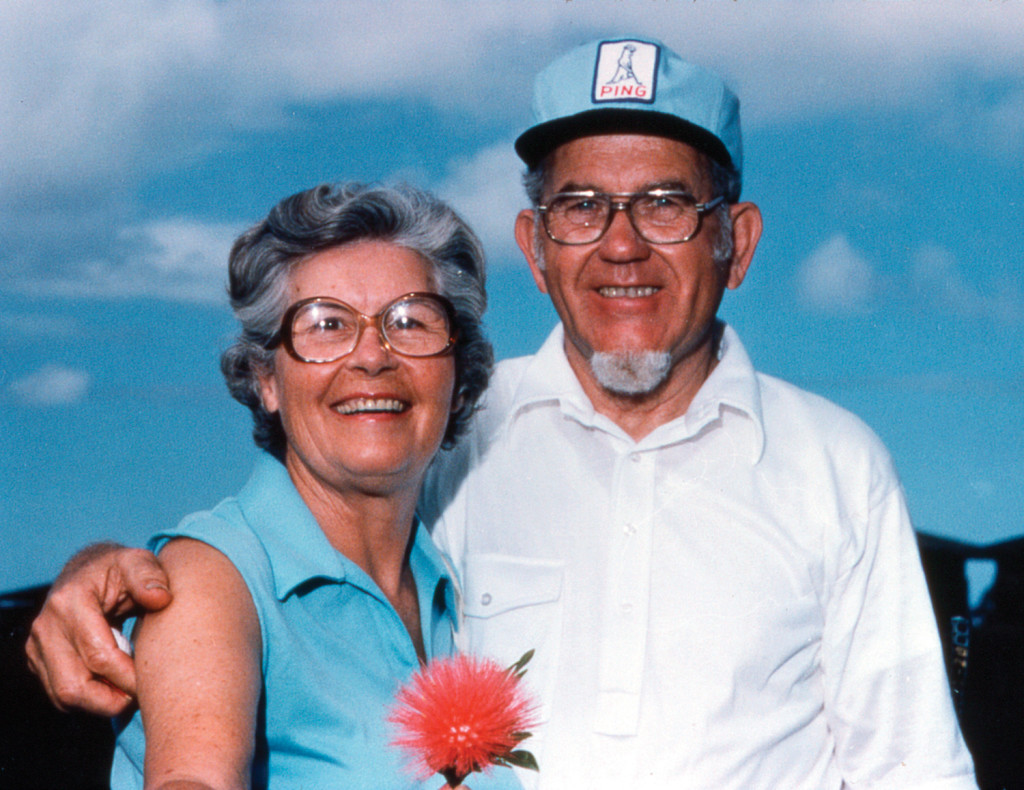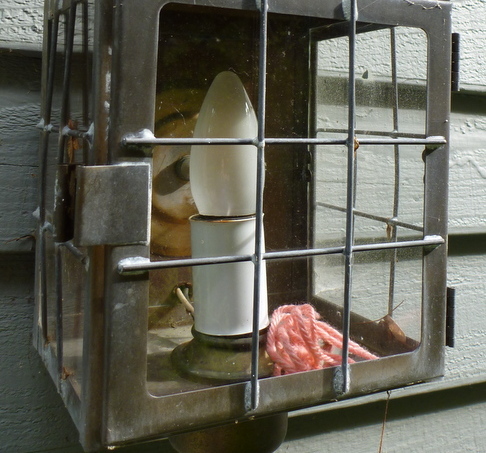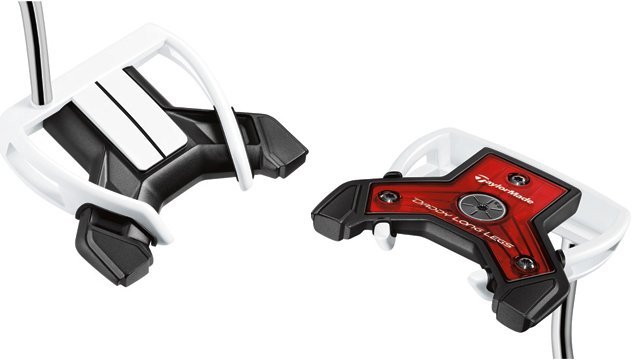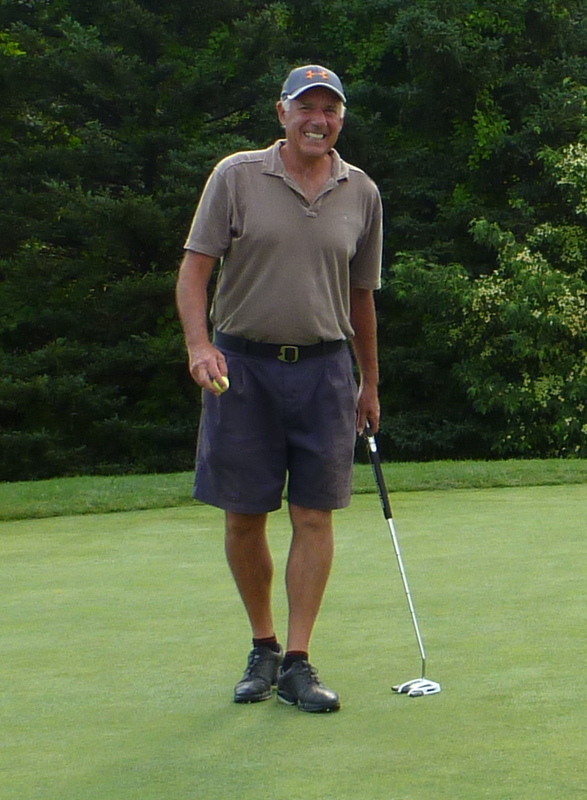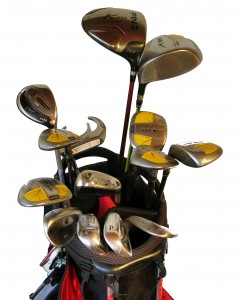The Solheim Cup was founded by Karsten and Louise Solheim in 1990, to serve a the women’s equivalent to the Ryder Cup. Karsten, who died in 2000, at the age of 88, was the inventor of the modern golf club; Louise, who turned ninety-seven in June, was a major contributor to the success of the family business, the company that manufactures of Ping golf clubs. Both were committed supporters of women’s golf. Here’s a little about them:
Karsten was born in Bergen, Norway, in 1911. When he was two, his family emigrated to Seattle, where his father, a shoemaker, hoped to find the prosperity that had eluded him at home. A short time later, Karsten’s mother, who was twenty-one, died while giving birth to his brother, Ray, and a short time after that his father went to Alaska to look for gold. Karsten and Ray were left behind, in the care of separate foster families. During the next three years, Karsten lived first with a German family, then with a Swedish family. When he was six, his father returned to Seattle, remarried, and reclaimed his sons.
In the early 1990s, I asked Karsten about those years, and he answered vaguely, then changed the subject. Louise told me later that in nearly sixty years of marriage she had heard him discuss his childhood only rarely . “When I think about it, I feel very sad,” she said. “He must have felt really lost. His mother was gone, and his father had left him with a family that didn’t speak Norwegian, which was the only language he understood. When his father remarried and took him back, Karsten hardly knew what language to speak. They didn’t start him in school until he was seven, because he couldn’t speak English, although I think he would have learned better, and faster, if they had put him in school immediately. But he never talks about those days, and he never complains, and he doesn’t seem to have any bad memories.”
After school and on weekends, Karsten worked in his father’s shoe shop. He was unusually small for his age until a growth spurt in late adolescence, and to talk to customers over the counter he had to stand on a wooden box. After high school, he spent a year studying engineering at the University of Washington, paying his tuition with money he had earned with an early-morning paper route. He couldn’t afford to stay. The country was in the depths of the Great Depression, and his father needed him in the shoe shop.
A few years later, at church, he met Louise Crozier. She had been born in Spokane, and her mother had died when she was a month old, and her father had sent her to be raised by an aunt and uncle in Texas. She was precocious, and had learned read before she was four. When she was ten, her father, who taught science and business in a school district outside Seattle, decided he wanted her back. Louise didn’t want to go, but accepted the change stoically. “I remember that when I got on the train, a tear was rolling down my nose, but I held my head up high so that no one would see it.” She and her father boarded with another family for a year, then moved to the country, where he supplemented his teacher’s salary by raising chickens.
Shortly after Karsten and Louise met, they heard a sermon by a visiting evangelist, who was a grandson of the founder of the Salvation Army. The evangelist said that the ideal age for a woman to marry was eighteen, and the ideal age for a man was twenty-five. After the sermon, Karsten asked Louise how old she was. She said she was seventeen. She asked Karsten how old he was. He said he was twenty-four. Neither said anything else, but ten days later Karsten proposed, and six months after that—in June of 1936, just after Louise’s eighteenth birthday—they were married.
They spent their honeymoon in northern Washington. As they were driving home, Karsten’s Model T stopped dead. “I got down under the car, and took the pan off, and realized that the connecting-rod bearing was gone,” he told me. “Well, there was a farmhouse right there, and I asked the farmer if he had any bacon rind. He got me a piece, and I trimmed it a little, and I put that bacon rind where the bearing should have been, and I tightened up the cap, and we drove the forty miles home without any more trouble. Of course, when we got there, the bacon was crisp.”

